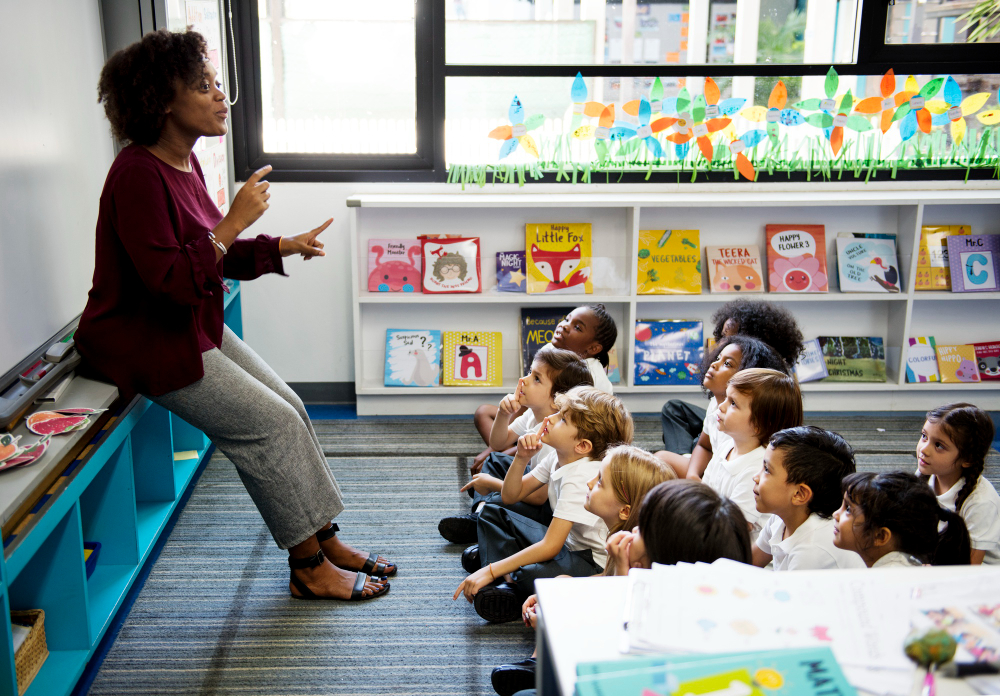Teaching Perspective-Taking to Children Through Books
What’s inside this article: A review of the developmental stages of perspective-taking, developmental challenges, including those faced by kids with autism and ADHD, a list of effective teaching strategies for building perspective-taking skills, and a guide to using books as a teaching tool. Includes book recommendations and example questions for initiating discussions.
Disclaimer: This post contains affiliate links.
Perspective-taking is the ability to understand a situation or interpret information from another person’s point of view. Sometimes, we call this “putting yourself in someone else’s shoes.”
Developing perspective-taking abilities is important to social-emotional development because it fosters empathy, compassion, and improved social interactions.
Developmental Stages of Perspective-Taking:
- Around Age 2:
- Children start to show basic forms of perspective-taking.
- Begin to recognize that others have different thoughts and feelings than they do.
- School Age:
- Develop an understanding that others may hold different beliefs and perspectives, even incorrect ones.
- Start comprehending that people have unique viewpoints and may see the world differently.
- Adolescence and Beyond:
- The ability to understand multiple perspectives simultaneously develops.
- Can reconcile differing viewpoints with more depth and nuanced understanding.
- Refinement and maturation of perspective-taking skills continue, enhancing social understanding and interactions.
Developmental Challenges in Perspective-Taking
Understanding Difficulties
Children’s abilities to understand others’ perspectives varies and develops at different rates.
Some kids struggle to grasp that people have different thoughts, feelings, or viewpoints, potentially leading to misunderstandings and conflicts.
When this is the case, explicit teaching and tailored teaching strategies that meet their unique needs are beneficial. Children’s perspective-taking abilities can improve over time with education and practice.
Perspective-taking and Kids with Autism or ADHD
Children with ADHD or autism often face more significant challenges in perspective-taking than their peers due to their unique neurodevelopmental profiles.
They may have difficulty processing social cues or empathizing with others. It’s important to approach children with ADHD and Autism with sensitivity, kindness, and patience and tailor teaching strategies to meet their unique developmental needs and learning styles.
Signs a Child is Struggling with Perspective-Taking:
- Difficulty understanding others’ feelings and emotions.
- Struggles to understand other people’s viewpoints or thoughts.
- Trouble predicting others’ reactions.
- Inability to recognize or understand social cues.
- Struggles to make friends or maintain friendships.
- Inability to differentiate between intentional and unintentional actions of others.
- Difficulty in understanding the impact of their behavior on others.
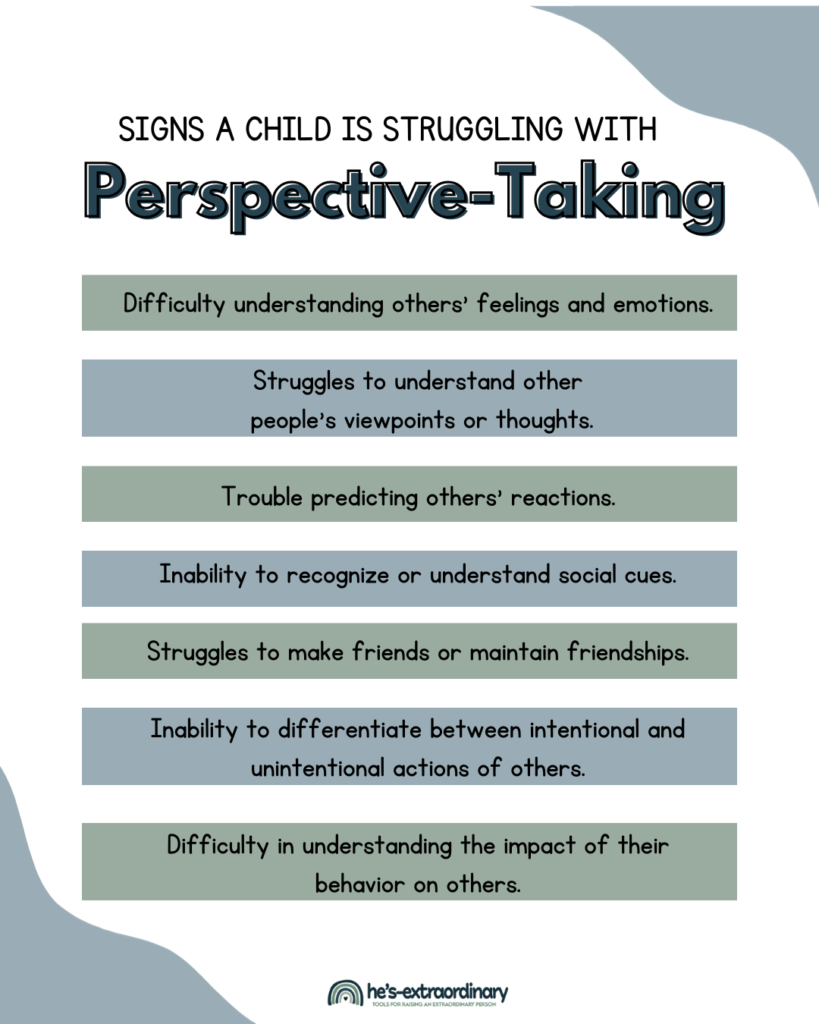
Teaching Strategies to Build Perspective-Taking Skills:
- Use Visual Supports: Visual aids like social stories or comic strip conversations can help illustrate social situations and others’ viewpoints.
- Role-Play Scenarios: Acting out different situations can allow children to experience various perspectives firsthand.
- Break Down Social Situations: Simplifying and dissecting social interactions can make them more understandable.
- Explicit Teaching of Social Skills: Direct instruction on understanding social cues, recognizing emotions, and predicting reactions can be beneficial.
- Encourage Reflective Discussion: Regularly discuss thoughts, feelings, and reactions to help children recognize different viewpoints and empathize.
- Use Technology and Multimedia: Educational apps and videos can provide engaging ways to understand social situations and others’ perspectives.
- Promote Interaction with Peers: Regular interaction with peers can foster understanding and appreciation of diverse perspectives.
- Implement a Structured and Predictable Environment: A stable environment can minimize anxiety and confusion, making learning more effective.
Teaching Perspective-Taking with Children’s Books
Books and stories provide many opportunities for teaching perspective-taking, acting as windows into the multifaceted world of human emotions, thoughts, and motivations.
Exploring Characters’ Viewpoints: Children’s books introduce us to an array of characters, all with unique backgrounds, desires, problems, and viewpoints. We can use engaging children’s books to point out different experiences to kids and help them see that different people experience things in different ways.
Diversity in Storytelling: Different children’s books tell stories about different scenarios and characters, often allowing children to explore scenarios and perspectives that they wouldn’t encounter in their daily lives. Many books have characters that come from different racial or cultural backgrounds as well, which also helps foster understanding and acceptance of people from all walks of life.
Enhanced Understanding:
By exploring different characters’ viewpoints, kids will broaden their understanding and appreciation of differing perspectives.
This understanding plays a crucial role in solidifying their social-emotional learning, molding essential social skills, and fostering a mindset of empathy and respect for others’ viewpoints.
Creating Opportunities for Discussion
Every time we read books with our kids, we create an opportunity to practice perspective-taking.
As we read or when we finish a story, we can discuss the characters’ thoughts, feelings, actions, and motivations. These discussions are pivotal in developing perspective-taking skills.
Asking Probing Questions:
As you’re reading, stop and ask your child questions like “How do you think the character is feeling?” or “Why do you think the character is acting that way?
These questions encourage children to reflect on the characters’ perspectives and emotions, guiding them to understand and empathize.
Interactive Learning:
Discussing books with your children creates an interactive learning environment.
It’s not just about understanding the characters’ perspectives; you can also use this time to talk as a group about how you think you would feel or act in the same scenario.
If you’re reading with a class or a group of kids, they’ll see that other students may feel and act differently than them about the same situation.
Reflection and Empathy:
Reflective discussions also help kids further understand the characters, allowing them to resonate with their feelings and thoughts. This resonance helps build empathy, a fundamental component in perspective-taking.
When kids understand the emotions and viewpoints of others, even if they differ from their own, they become more compassionate and understanding.
Book Recommendations for Perspective-Taking
Every book has opportunities to discuss other people’s viewpoints and feelings, practicing perspective-taking.
However, if you’re looking for ideas, here are a few books to try with your kids.
“The Sandwich Swap” by Queen Rania of Jordan Al Abdullah
Description: Lily and Salma, best friends with different food preferences, learn about acceptance and friendship.
Example Question: “Why do you think Lily and Salma reacted the way they did to each other’s sandwiches?”
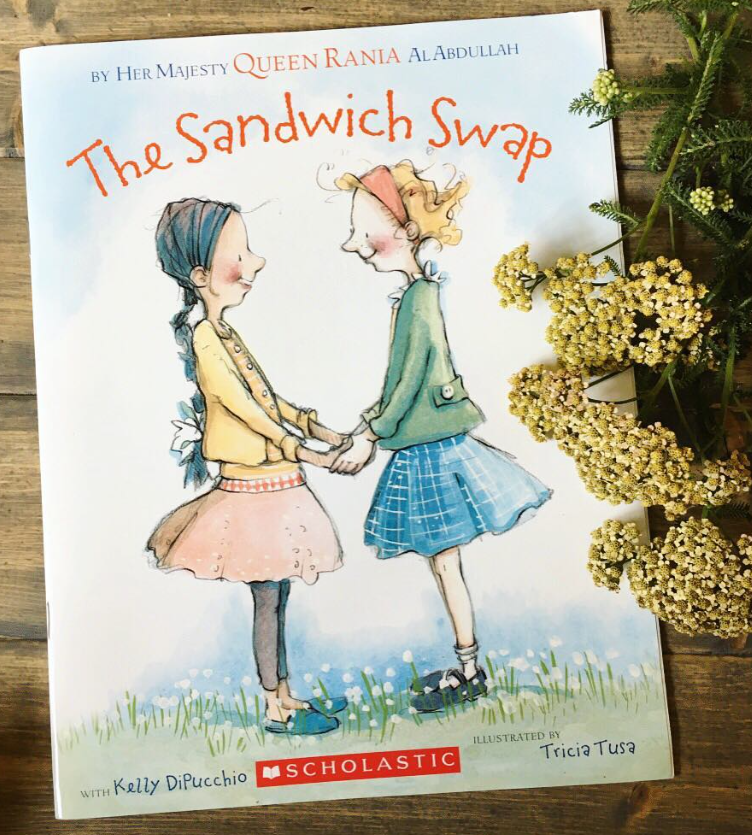
“Hey, Little Ant” by Phillip and Hannah Hoose
Description: This book offers a glimpse into the thoughts of an ant and a child, exploring moral and ethical dimensions.
Example Question: “What do you think the ant feels and thinks when a boy is about to step on him?”
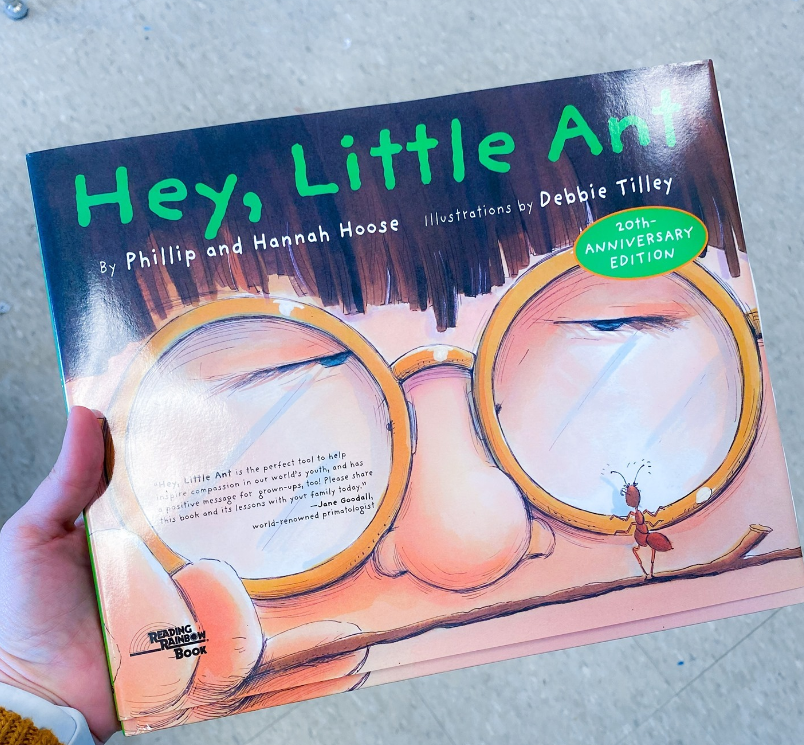
“A Sick Day for Amos McGee” by Philip C. Stead
Description: This book tells the story of the kind and gentle Amos McGee and his animal friends.
Example Question: “How do the animals feel when they visit Amos when he’s sick?”
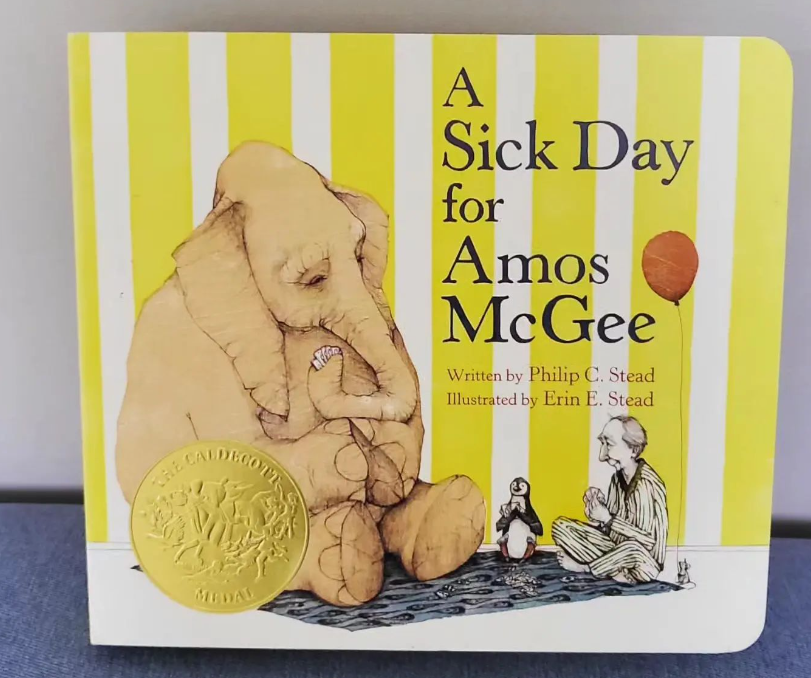
“Last Stop on Market Street” by Matt de la Peña
Description: A young boy named CJ and his grandmother take a bus ride, exploring the beauty in the world around them.
Example Question: “Why does CJ see the world differently from his Nana, and how does his perspective change?”

“The Name Jar” by Yangsook Choi
Description: Unhei, a girl from Korea, struggles with her unique name and considers choosing an American one.
Example Question: “How does Unhei feel when her classmates cannot pronounce her name correctly?”
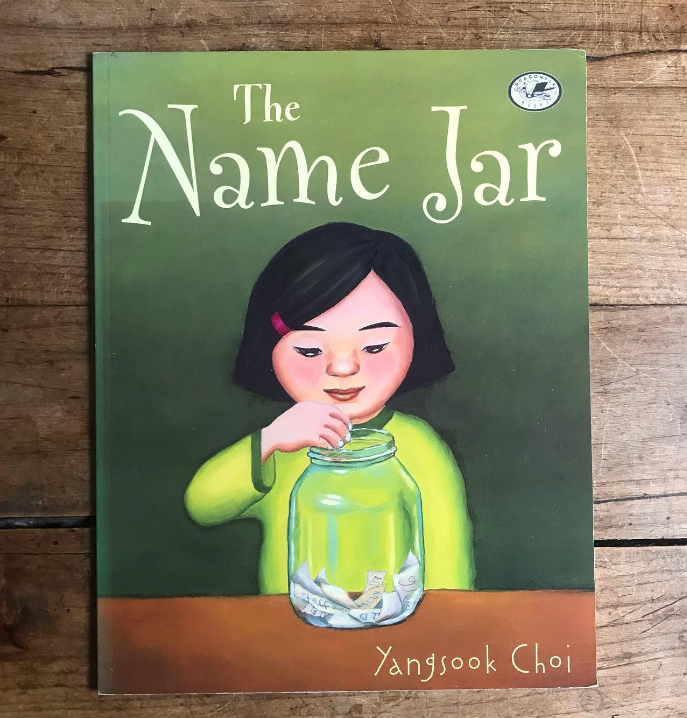
“The Other Side” by Jacqueline Woodson
Description: This story, aimed at ages 5-8, explores segregation and the development of an unlikely friendship between two girls.
Example Question: “How do the girls feel about the fence, and what does it represent to them?”
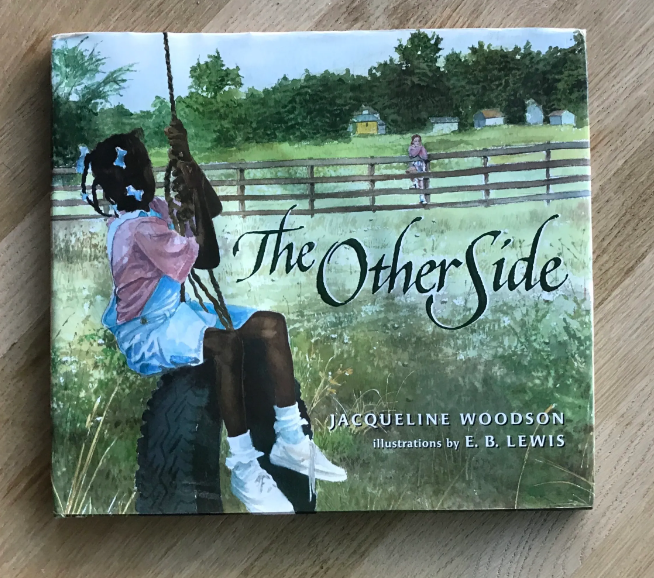
“The Invisible Boy” by Trudy Ludwig
Description: Brian, who feels invisible to his classmates, experiences inclusion and recognition.
Example Question: “How does Brian feel when he is not included, and how does this change when he is finally seen?”
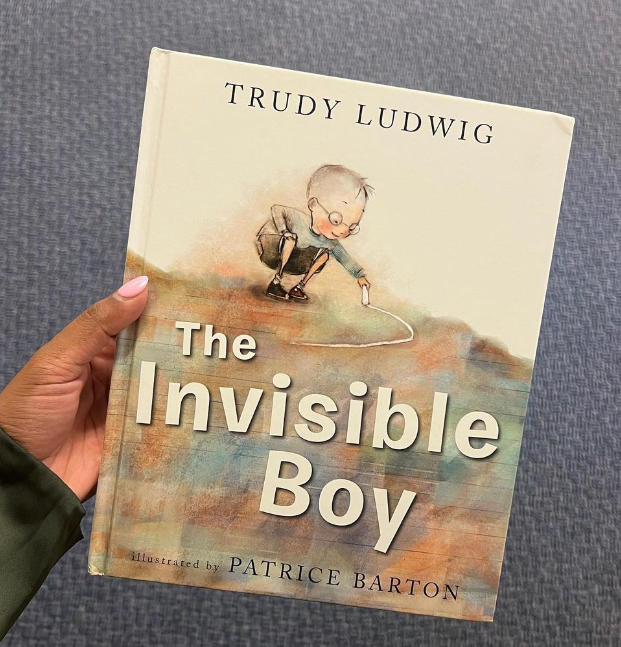
Engaging kids in open discussions using books allows them to experience diverse situations, characters, viewpoints, and emotions – building important perspective-taking skills.
By building a child’s perspective-taking abilities, we help them grow more empathetic, understanding, and accepting of others.

